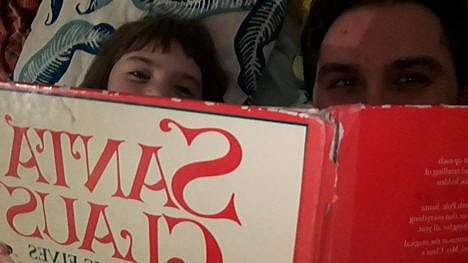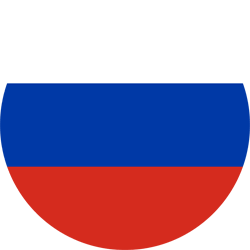
Jätkame koduõppe-kaardistust. Nädalateemad sai valitud koostöös lapsukesega. Niisiis: VANA AEG. Mida iganes see tähendab :).
+ Näiteks: vana aega võib kohata Eesti Loodusemuuseumis Tartus. Vana aja jäljed mateerias on muidugi fossiilid. Seal muuseumis käis Mariaga tegelikult Justin. Jätan ta ülevaate inglise keelde (ajapuudus haigutab…):
“Maria was explaining the fossils to me, as well as the different kinds of stones, because she had learned a lot about stones from her mother’s interests. She was very interested in the archaic animals, such as the woolly mammoth skulls on display. There is also a fossil of an ancient fish, she was fascinated by this.”
+ Järgmiselgi päeval oli Maria issiga. Ma saatsin kaugjuhtimisel sooja soovituse: jätkata eelmise nädala “Valgekihva” filmi vaatamisest alguse saanud teemat. Eesti keeles on see sõna “indiaanlased”, Ameerika põlisrahvad. See teema oli Justini lapsepõlve ja teismeea suurim kirg.
“I showed her one of my favorite books, Encyclopedia of North American Indian Tribes (1986) by Bill Yenne. I showed her the totem poles of the Pacific Northwest, and explained totem animals, and we learned about the Plains Indians who lived almost entirely off the buffalo. The main idea was that people adjusted their way of life to the natural world around them. We
also learned about the Eastern Woodlands tribes. I taught her one of
the main language groups — the Algonquian, and even taught her the
word “Wabanaki,” which means, “The Dawn Land.” The Algonquian Indians up and down the East Coast called themselves this word. There are
actually a lot of Algonquian loan words in English — pecan, moccasin,
opossum, raccoon. (I am not sure how much Maria understood these
concepts.)
I think it would be good to teach her about the languages of Europe
the same way, and the different people who live in Europe.”
…hea mõte Justinilt, õpetada Euroopa ajalugu läbi keelte, mitte läbi sõdade. Palju me tegelikult sellest vaatenurgast rääkida teame? Kõigepealt tuleks ennast õpetada.
+ Ka järgmisel päeval oli Maria Justiniga, minu rolliks oli meelde tuletada: halloo, Viljandi, ärge unustage, et teil on seal vana aja nädal!
Ja Justin raporteeris:
“We visited Viljandi Museum. She saw artifacts from Estonian farms from the 9th to 13th centuries. She was very curious if the artifacts were replicas or the real things — arrowheads, axes, brooches, etc. This was the first
time Maria really learned about wars too. She saw the cannonballs from
Viljandi and upstairs there are displays about World War I and World
War II. She saw pictures of what Viljandi looked like after the war.
Part of the museum also deals with farm life. She saw how they
prepared meals over the fire, the kinds of tools they used, scythes,
sickles, etc. Well, she knows many of these things from living in Setomaa in
the summer.”
Vaat selline nädal(ateema).
Lisaks sai ära õpitud 20 piires rooma numbrid, see on ka Maria kooliklassi praeguse numbriepohhi teema.
Ma tahaksin välja uurida ja ka Mariale õpetada: kui vanad on rooma numbrid ja kui vanad on araabia numbrid. Ja miks araabia numbrid võitsid selle kultuurisõja?
Järgmine nädal tuleb sama suurejooneline, nimelt noor õppur palus teemat: KOSMOS.

